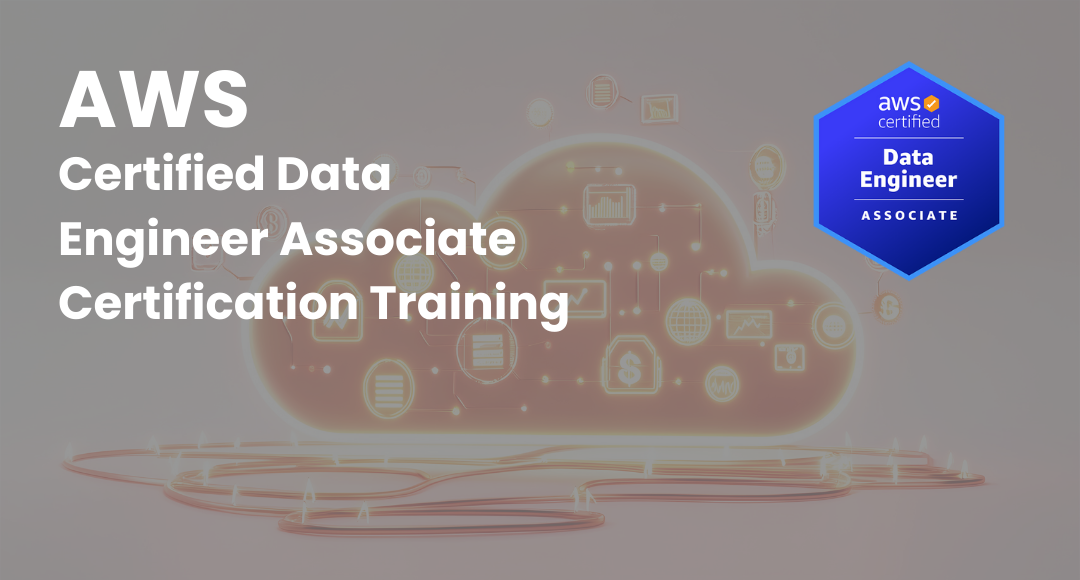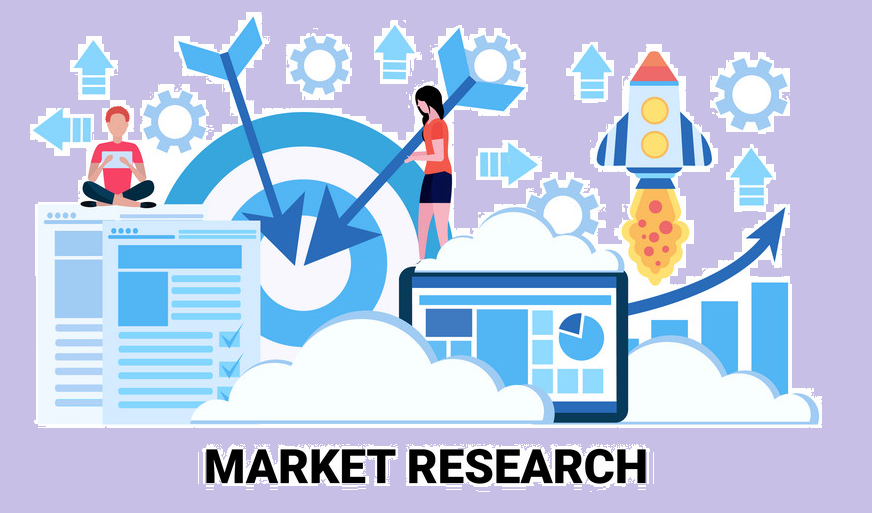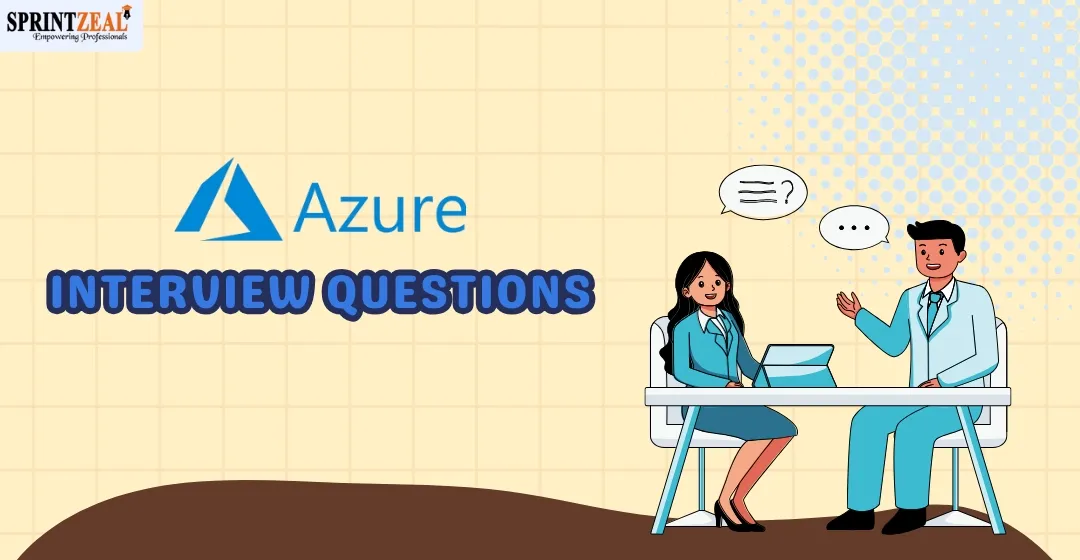Essential Cybersecurity Concepts for beginners
-
 By Niharika Chaurasia
By Niharika Chaurasia - Published on Apr 17 2023

Table of Contents
Introduction
With the rise of the digital age around the globe, all businesses, large and small, corporate organisations, and even the government, are dependent on computerised systems to manage their daily processes.
This highlights the significance of cybersecurity in terms of protecting valuable data against hacking and unauthorised access.
According to PagerDuty, 52% of organizations report sacrificing cybersecurity for speed-to-market. In another study by Upcity, states that only 50% of small businesses have a cybersecurity plan in place.
Cyberattacks are constantly evolving, and learning the basics of cybersecurity concept is the first step in protecting your organisation from cyberattacks.
In this article from Sprintzeal, we will learn about the cybersecurity concept, which helps in identifying vulnerabilities before cybercriminals do, and also to gain clear visibility and understanding to investigate and remediate.
Let’s see the history of cybersecurity to know how it all started and how securing data became a top priority for companies.
History
Earlier, words like worms, viruses, Trojan-horse, spyware, and malware were not even in common use in information technology. Cybersecurity came into existence because of the development of viruses. What makes cybersecurity so crucial?
The first computer "worm" was created by Robert Thomas, a researcher for BBN Technologies in Cambridge, Massachusetts, in the 1970s. It was named "The Creeper" and could move across ARPANET’s (Advanced Research Projects Agency Network) network and infect computers, carrying a message "I’m the Creeper: catch me if you can".
Ray Tomlinson, the inventor of email, created a replicating programme called The Reaper, the first antivirus software, which would chase and delete the creeper.
Late in 1988, Robert Morris wrote a programme to test the size of the internet. The programme created by him went through networks, entered Unix terminals, and replicated itself. It impacted so badly that it caused machines to become unusable. After that, viruses became deadlier, more invasive, and difficult to control. And with it came the rise of cybersecurity.
Let’s hop into a general understanding of cybersecurity and get an insight into the cyber threats that affect organisations in several ways.
Cybersecurity
The word "cybersecurity" is quite broad and refers to the methods, tools, and procedures used to protect against threats, attacks, and unauthorised access to networks, computers, programs, and data. Cybersecurity is also known as information security (INFOSEC), information assurance (IA), or system security.
Cybercrime is all about activities where data is attacked by criminals in order to exploit systems, data breaches, networks, and technology. The networks, servers, and computers are the means of accessing data.
The following are some of the most common methods through which cybercriminals have gained access:
-Tampering with systems
-Resource exploitation
-Unauthorized access
-Ransomware
To prevent a cyberattack, it is important to understand what they are and how they impact processes, systems, and networks.
To withstand a cyberattack, it is necessary to be aware of and understand several significant kinds of cybersecurity threats and attacks, which are frequently addressed by the National Institute of Standards and Technology (NIST).
Some of the cyber threats include:

All above mentioned cyber threats that small or large organisations have to keep in mind when it comes to the cybersecurity of the data, devices, and networks.
Basic Concept of Cybersecurity for Beginners
With the change in technology, cyberattacks evolve as attackers become more innovative, making it very crucial for individuals and organisations to properly define and understand concepts of cybersecurity.
A model design that guides organisations in forming their security policies encompasses three fundamental- Confidentiality, integrity, and availability. It is also known as the CIA Triad.
Let’s explore these essential cybersecurity concepts that are designed to assure the safety of each component.

Confidentiality
-For any organisation, data is the most important source of information, and maintaining its confidentiality is a priority. Confidentiality is about preventing the release of data to unauthorized parties.
-Cyber security basic concepts of confidentiality also include attempting to keep the identities of authorised parties engaged in data sharing and storage private and anonymous.
-Most of the time, confidentiality is affected by cracking poorly encrypted data, man-in-the-middle (MITM) attacks, and disclosing sensitive data.
-Data encryption, biometric verification, Security tokens, and two-factor authentication measure to maintain confidentiality.
These measures can change the way data is handled within the organization and ensure data protection.
Integrity
-Maintaining data consistency, accuracy, and reliability over time is also critical for the organisation, and this is achievable through integrity, which prevents data from being modified by unauthorised parties.
-Also, at the time of transferring data, it should not be changed, altered, deleted, or viewed illegally. Program and information must be changed in authorized manner.
-The two known challenges that might compromise integrity are turning a machine into a "zombie computer" and embedding malware into web pages.
-Some standard measures to guarantee integrity are cryptographic checksums, using file permissions, uninterrupted power supplies, and data backups.
Along with implementing standard measures, tools, and technologies must be included that can detect any changes or a breach in data. Checksums and cryptographic checksums are used by different organisations to verify the integrity of the data.
Availability
-This basic cybersecurity concept states that authorized parties must be able to access the information whenever it is needed.
-Data is only valuable if the right people have access to it at the right moment. So, to make sure the data is available and can be accessed at the time of need, it must be placed in a secure environment.
-All necessary components like hardware, software, networks, and devices should be maintained and upgraded for smooth access to data.
-Information unavailability can happen due to security incidents like DDoS (distributed denial-of-service) attacks, hardware failures, programming errors, and human errors.
-Firewalls, backing up data to external drives, data redundancy, and backup power supplies are some standard measures to guarantee availability.
Availability is not only about data but having complete cybersecurity for your organisation; it should have the availability of extra security equipment in case of any disaster or restriction in access to data.
Basic Cybersecurity Concepts- based on terms used in security operations

MSSP (Managed Security Service Provider)
-Managed service provider offers security service management, monitoring, and maintenance around the clock, typically for a set monthly fee.
-Monitors firewalls, endpoints, and other cybersecurity technology.
APT (Advanced Persistent Threat)
-It refers to an intruder’s ability to stay constantly present in the network. Hackers aim to stay in the network for as long as possible to have enough time to gather information about clients, workers, intellectual property, and financial data.
SOC (Security Operations Center)
-SOC is the name given to security efforts and departments.
-Threat and incident response procedures and auxiliary security technologies make up a security operations center.
-Includes cybersecurity employees, records of established processes, and security processes.
DDoS (Distributed Denial of Service)
-DDos is used by hackers to divert security measures during a cyberattack.
-By disrupting web service operations or creating multiple addresses to flood a site, hackers make the web service unstable and especially vulnerable to compromise.
CASB (Cloud Access Security Brokers)
-These are policy agreements made between cloud service customers and providers.
-the plans include standard enforcement procedures like authentication practises, single sign-on, authorization, credential mapping, device profiling, encryption, tokenization, logging, alerting,
IAM (Identify Access Management)
-It’s a regulatory framework that controls users "electronic identities" and ensures that each user has access at the right level of their IT infrastructure.
IR (Incident Response)
-Incident response (IR) is the set of measures taken to plan for, detect, contain, and recover from a data breach.
SIEM (Security Information and Event Management)
-SIEM is a technology that collects and analyses data from a wide range of resources across your complete IT infrastructure.
-Improves cybersecurity posture by providing complete, real-time visibility across a disrupted environment, including on-premises, hybrid, or cloud deployments, and historical analysis.
UEBA (User and Entity Behavior Analytics)
-Performs in-depth examination of user behaviour to identify abnormalities.
-Aids in understanding user behaviour by reducing noise during log sessions.
IOC (Indicator of Compromise)
-IOC’s are network intrusion signals; these are normally found through continuing log data analysis.
-It usually includes unusual outgoing traffic, geographical anomalies, abnormal privileged user activity, and traffic from mismatched ports.
Become a Cyber Security Expert
Cybersecurity is a rapidly growing field with a high demand for skilled and knowledgeable cybersecurity experts.
This profession will continue to evolve as technology advances and new security concerns arise. The average salary for top cybersecurity positions is between $100,000 and $210,000.
Choose Sprintzeal's best training platform and become certified with the CISSP Certification Training course, which is a course led by industry experts to assist aspirants in developing skills and advancing their jobs in the IT security field.
Final Thought
Cybersecurity is essential in this digital age where everything runs on a single click of a button. Hence, it becomes very crucial for protecting our personal and professional assets from cyber threats and breaches.
To achieve a successful approach to cybersecurity in any business, big or small, people, processes, computers, networks, and technology must all work together. This holistic approach will make it possible to stand against tough cyber threat and attacks, but only if all the essential cybersecurity concepts complement each other.
If you enjoyed this blog and want to learn more, please check the Sprintzeal blog page and contact us right away to learn more about any Sprintzeal course that interests you.
Subscribe to our Newsletters
Popular Programs
AWS Certified Solution Architect Professional
Live Virtual Training
- 4.3 (300 + Ratings)
- 49k + Learners
AWS Certified DevOps Engineer Certification Training
Live Virtual Training
- 4.1 (400 + Ratings)
- 58k + Learners
Microsoft Azure Administrator Associate AZ-104
Live Virtual Training
- 4.3 (560 + Ratings)
- 38k + Learners
Microsoft Azure Infrastructure Solutions (AZ-305)
Live Virtual Training
- 4.1 (560 + Ratings)
- 72k + Learners
Trending Posts
CI CD Tools List - Best of 2026
Last updated on Feb 1 2024
What Is a Hybrid Cloud? - A Comprehensive Guide
Last updated on Jun 13 2023
Impact of AWS Certification On Cloud Computing Jobs
Last updated on Nov 14 2025
Latest Azure Interview Questions for 2026
Last updated on Sep 17 2025
Amazon Software Development Manager Interview Questions and Answers 2026
Last updated on Feb 21 2023
Most Popular Applications of Cloud Computing – Some Will Shock You
Last updated on Oct 9 2024
Categories
- Other 69
- Agile Management 47
- Cloud Computing 56
- Project Management 173
- Big Data 66
- Business Management 88
- Digital Marketing 78
- IT Service Management 29
- Programming Language 58
- AI and Machine Learning 77
- IT Security 112
- Quality Management 78
- IT Hardware and Networking 26
- Microsoft Program 4
- Workplace Skill Building 13
- Risk Management 9
- Information Security 8
- Leadership and Management 9
- Corporate Training and Development 1
Trending Now
Azure Vs Aws - Which Technology Is Better
ebookThe Impact of Internet of things on Marketing
ebookAWS Lambda - An Essential Guide for Beginners
ebookCareer in Cloud Computing or Cyber Security
ebookImpact of AWS Certification On Cloud Computing Jobs
ebookAmazon Certifications: List of Top AWS certifications in 2026
ebookAWS Interview Questions and Answers 2026
ebookAmazon Software Development Manager Interview Questions and Answers 2026
ebookAWS Architect Interview Questions - Best of 2026
ebookHow to Become a Cloud Architect - Career, Demand and Certifications
ebookWhat is Cloud Computing? - Fundamentals of Cloud Computing
ebookAWS Solutions Architect Salary in 2026
ebookAmazon EC2 - Introduction, Types, Cost and Features
ebookAWS Opsworks - An Overview
ebookAzure Pipeline Creation and Maintenance
ebookCI CD Tools List - Best of 2026
ebookTrends Shaping the Future of Cloud Computing
ebookContinuous Deployment Explained
ebookDevOps Career Path – A Comprehensive Guide for 2026
ebookTop Kubernetes Tools in 2026
ArticleBenefits of Cloud Computing in 2026
ebookJenkins Interview Questions and Answers (UPDATED 2026)
ArticleA Step-by-Step Guide to Git
ArticleScalability in Cloud Computing Explained
ebookIoT Security Challenges and Best Practices-An Overview
ebookHow to Learn Cloud Computing in 2026 - A Brief Guide
ArticleCloud Engineer Roles and Responsibilities: A complete Guide
ebookTypes of Cloud Computing Explained
ArticleCloud Engineer Salary - For Freshers and Experienced in 2026
ArticleWhat is a Cloud Service - A Beginner's Guide
ebookTop 3 Cloud Computing Service Models: SaaS | PaaS | IaaS
ArticleWhat is Private Cloud? - Definition, Types, Examples, and Best Practices
ebookWhat Is Public Cloud? Everything You Need to Know About it
ArticleTop 15 Private Cloud Providers Dominating 2026
ebookWhat Is a Hybrid Cloud? - A Comprehensive Guide
ebookCloud Computing and Fog Computing - Key Differences and Advantages
ebookAzure Architecture - Detailed Explanation
ArticleMost Popular Applications of Cloud Computing – Some Will Shock You
ArticleTips and Best Practices for Data Breaches in Cloud Computing
ArticleWhat Is Edge Computing? Types, Applications, and the Future
ArticleMust-Have AWS Certifications for Developers in 2026
ArticleSalesforce Customer Relationship Management and its Solutions
ArticleCutting-Edge Technology of Google Cloud
ArticleSpotify Cloud: Powering Music Streaming Worldwide
ArticlePublic Cloud Security Checklist for Enterprises
Article12 Best Managed WordPress Hosting Services in 2026
ArticleLatest Azure Interview Questions for 2026
ArticleTop Coding Interview Questions in 2026
ArticleLatest Cloud Computing Interview Questions 2026
ArticleSafe file sharing for teams: simple rules that work
ArticleMy learning path to become an AWS Solutions Architect
ArticleClient Server Model—Everything You Should Know About
ArticleWhat Is Microsoft Azure? A Complete Cloud Computing Guide for 2026
ArticleDocker Tutorial for Beginners: Containers, Images & Compose
ArticleGit Merge vs Rebase: Differences, Pros, Cons, and When to Use Each
Article


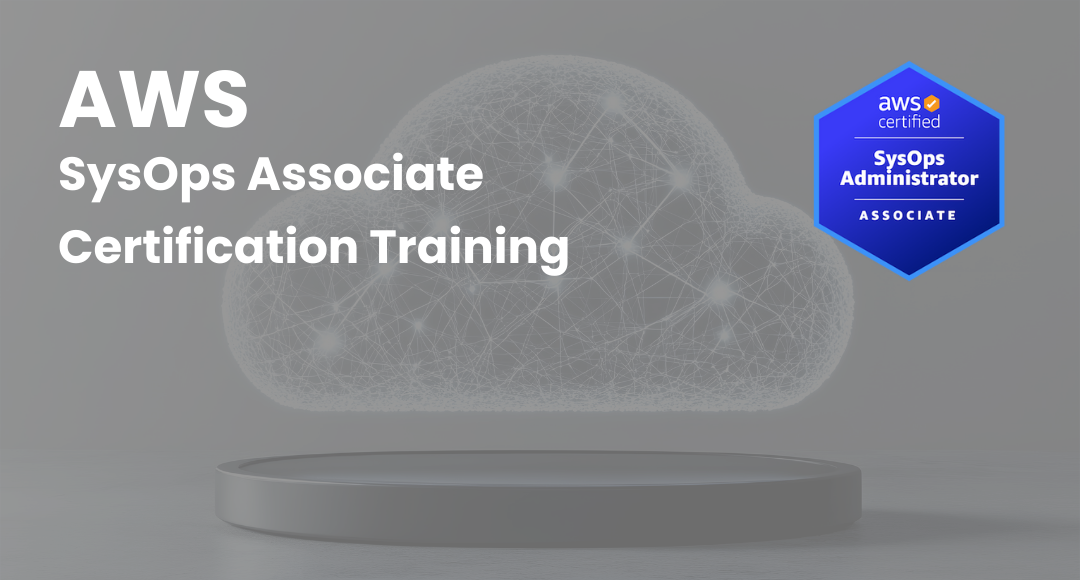

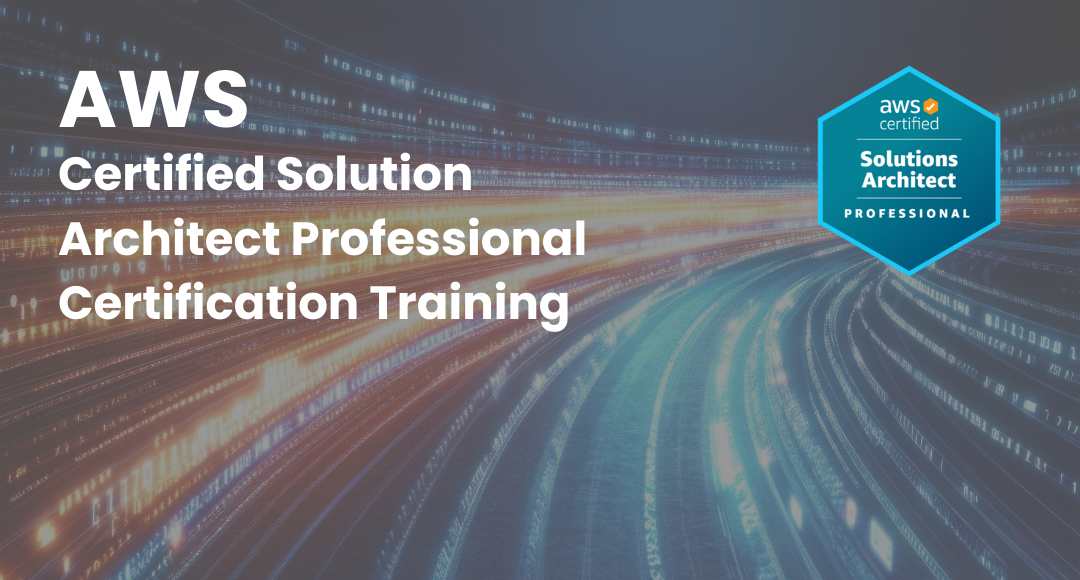


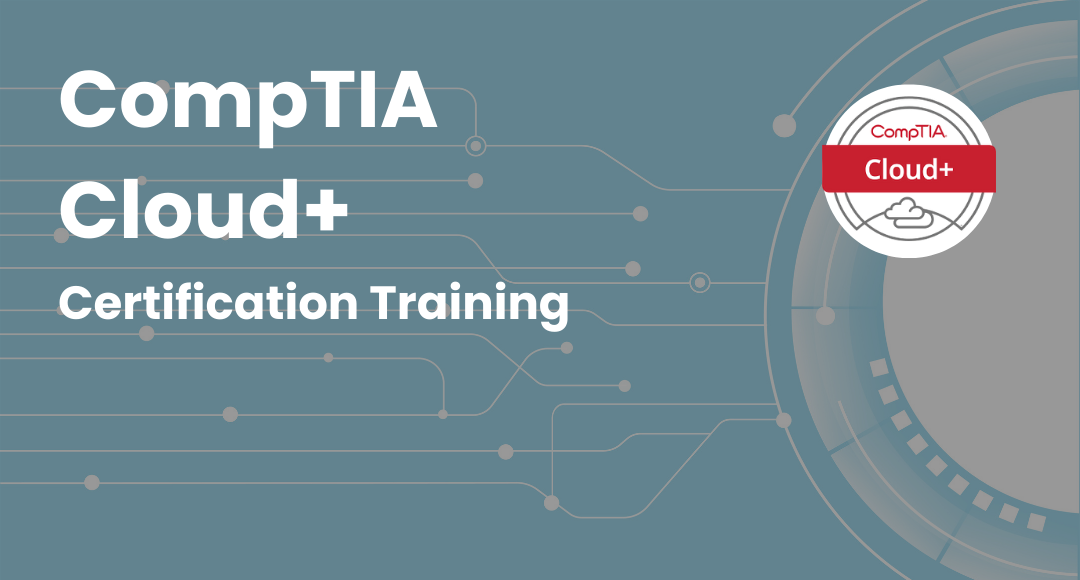
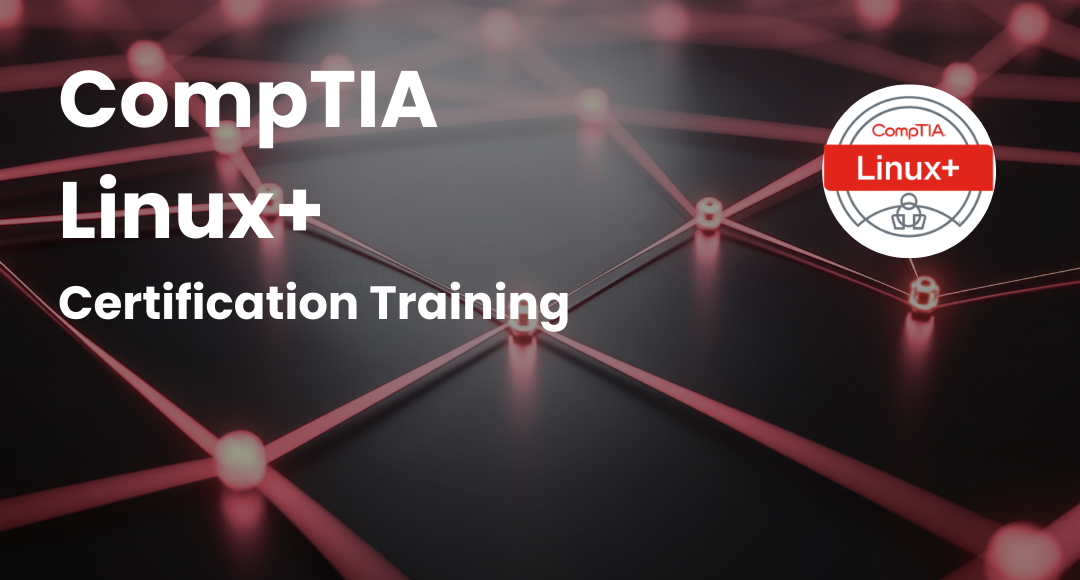
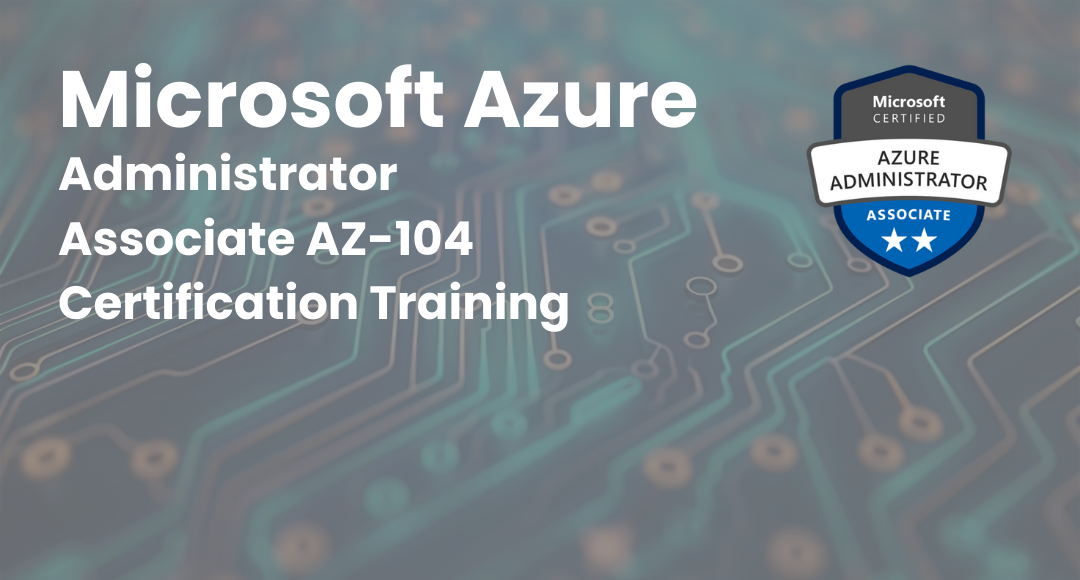
.png)
